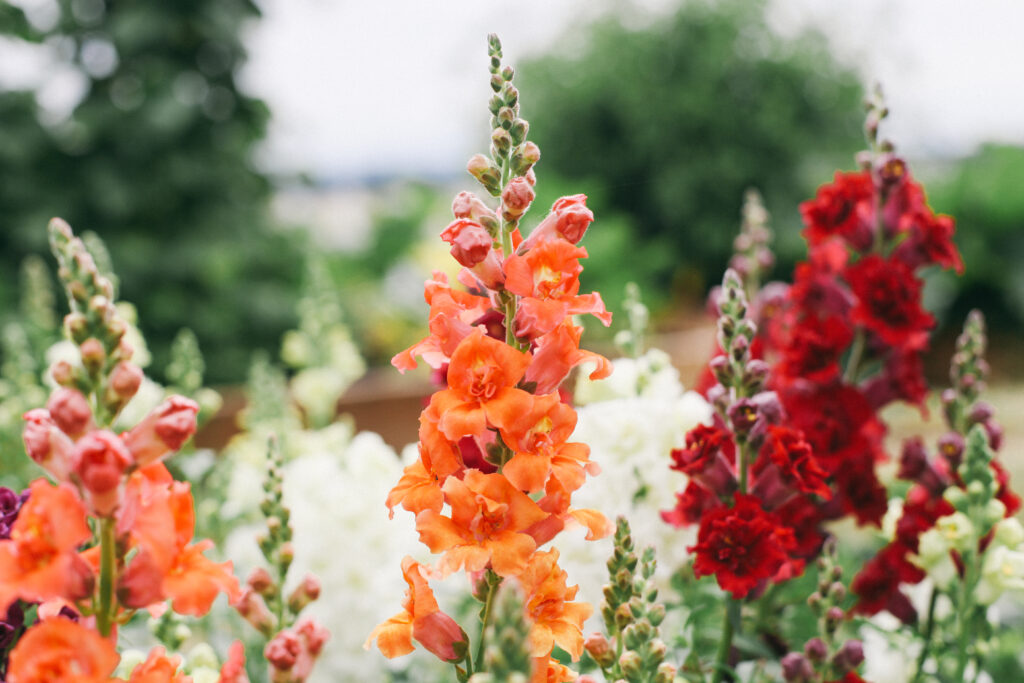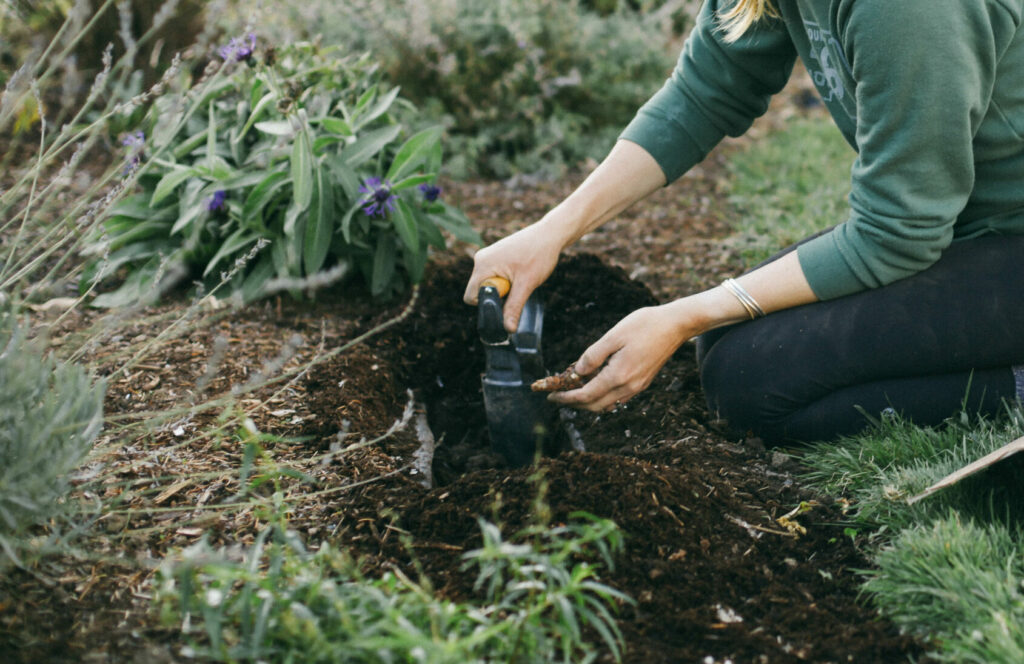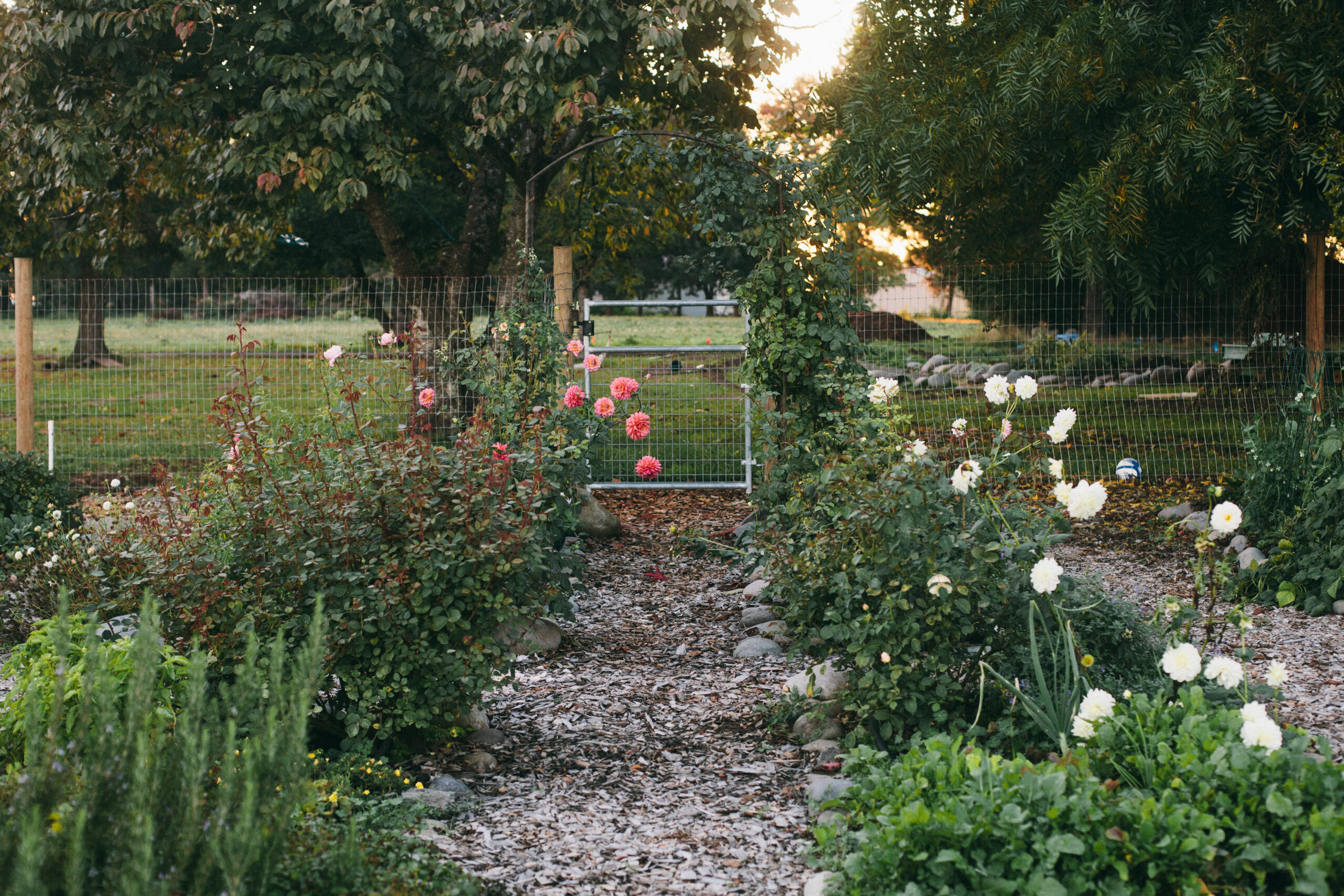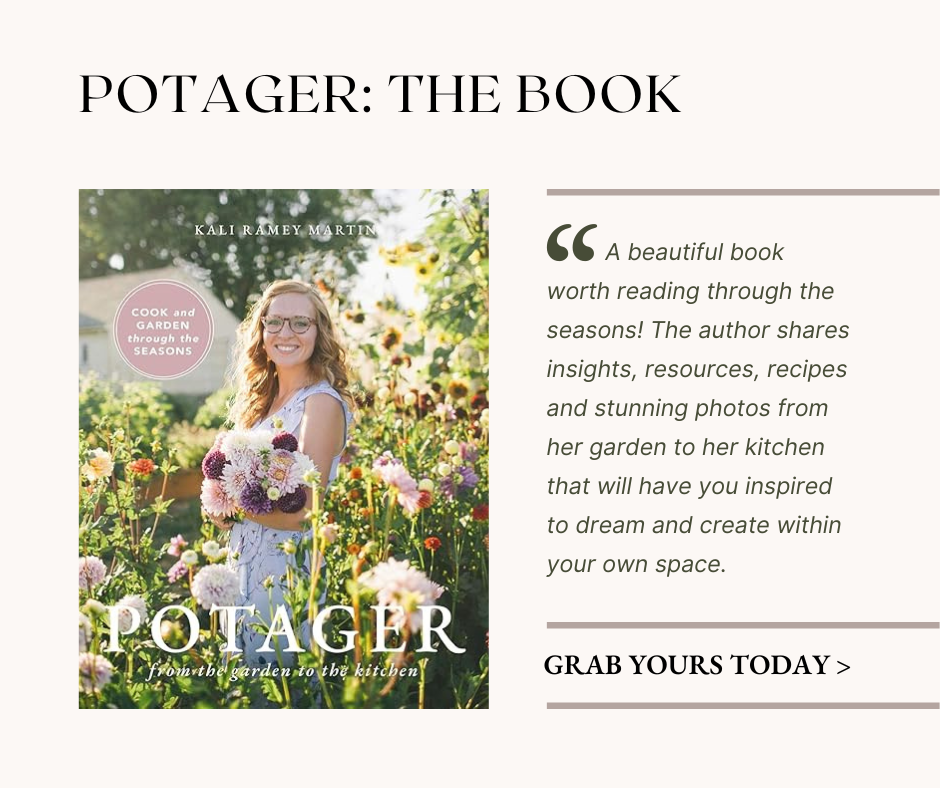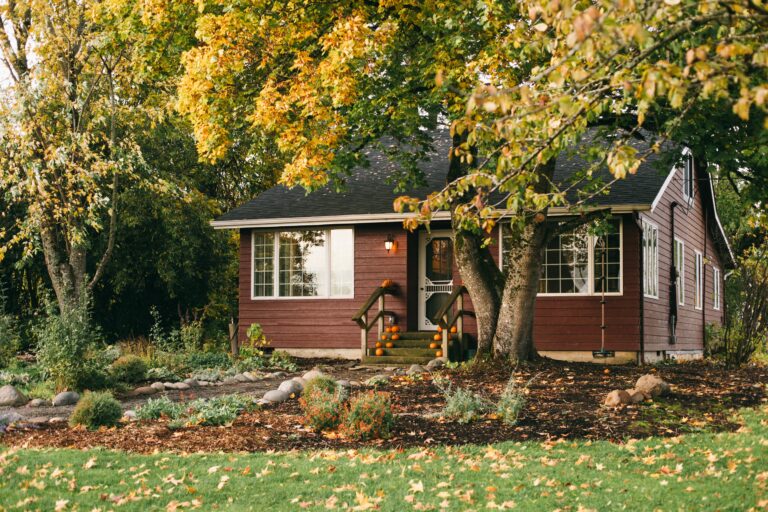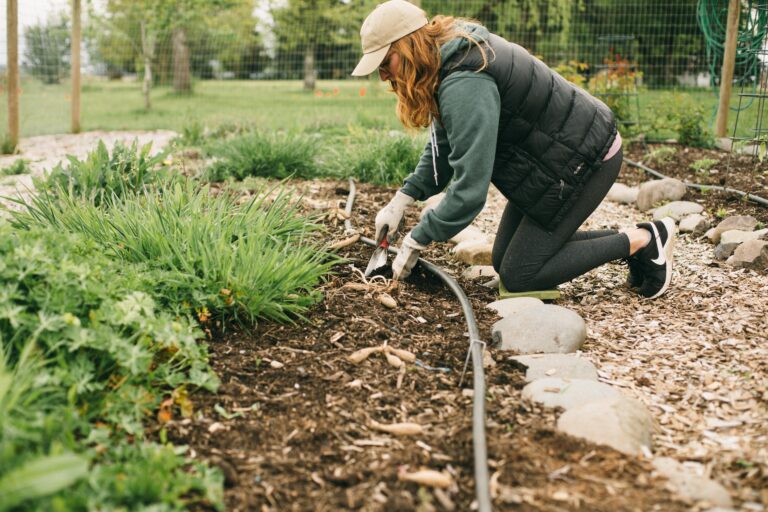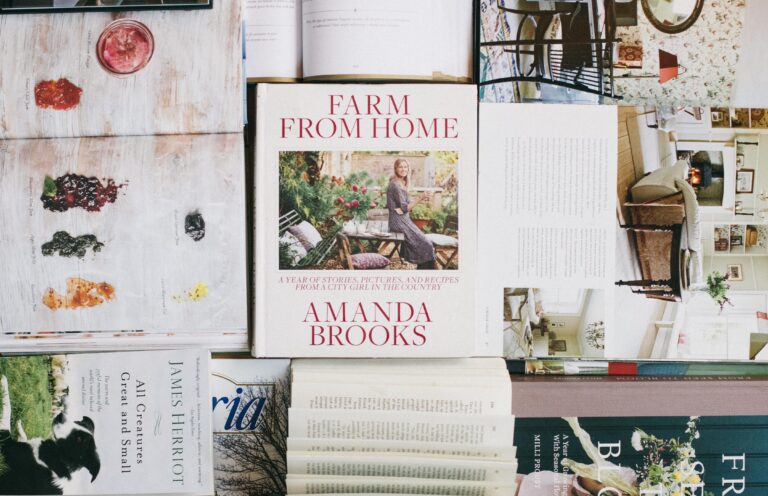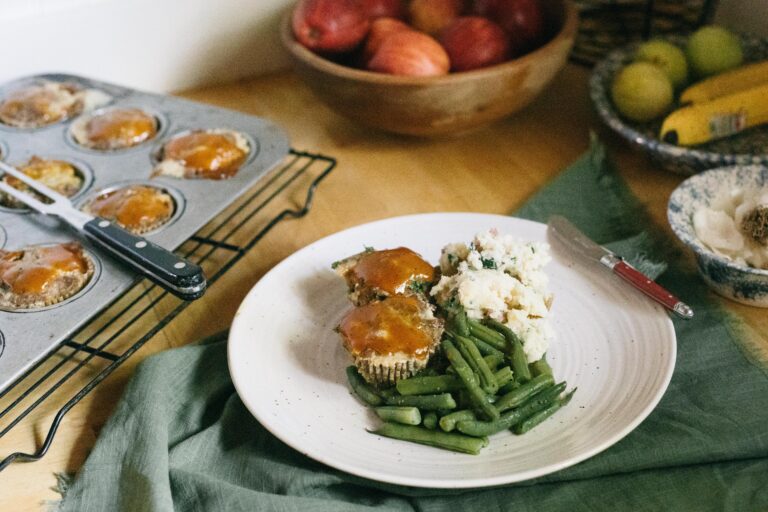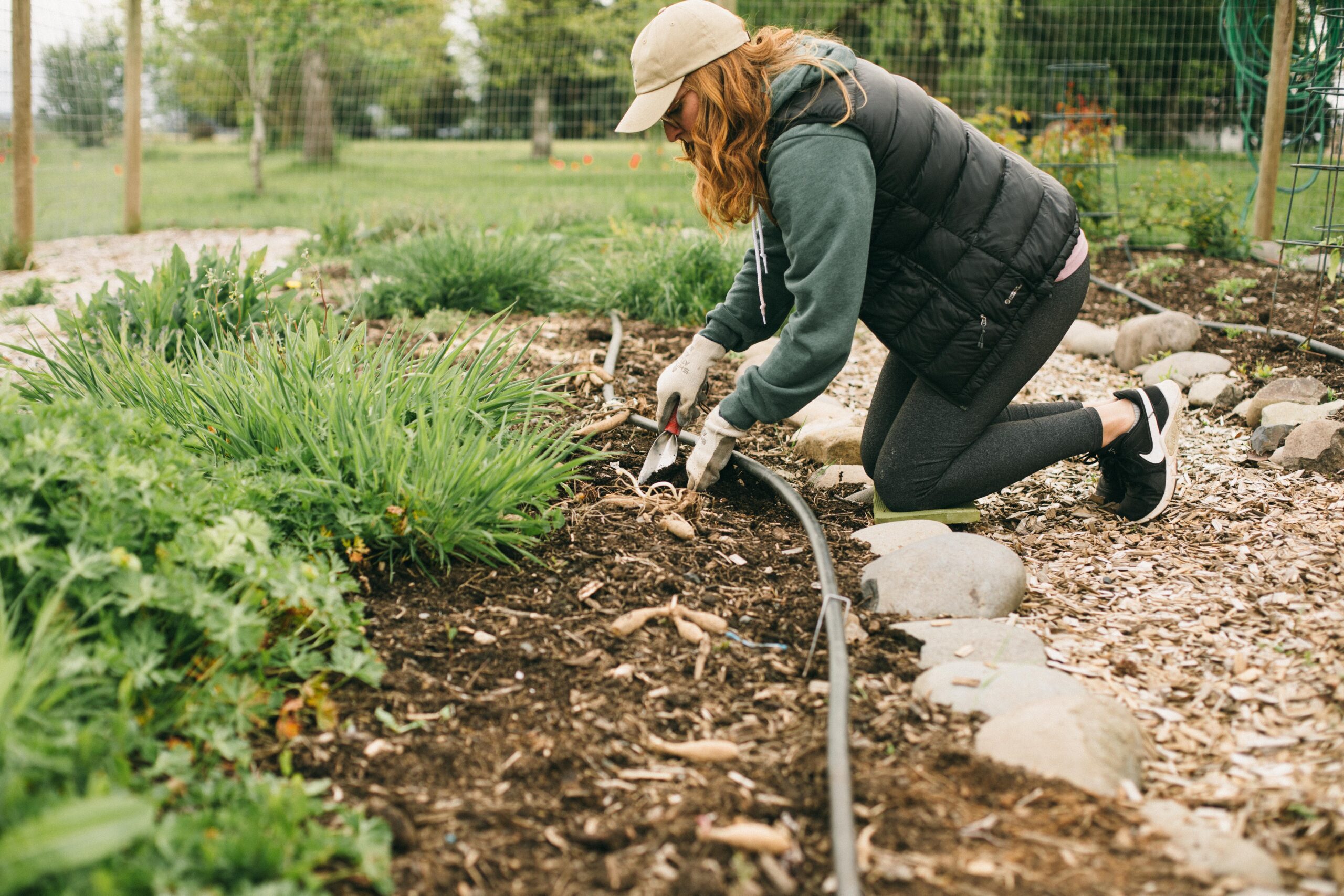
Hi everyone! It’s been a minute. This winter was…not kind to me. Or should I say I was not kind to me this winter. I let myself sink deep into some combination of an existential crisis and discouragement. With a sprinkling of frustration and a discontent cherry on top. Good times. A lot of my discouragement has stemmed from garden burnout, and just burnout in general, so I thought it would be a good idea to start there as we dive back into Spring.
So…how do you beat the burnout? Here’s a few tips I’ve learned (and am currently applying myself!) for moving through a season of fatigue.
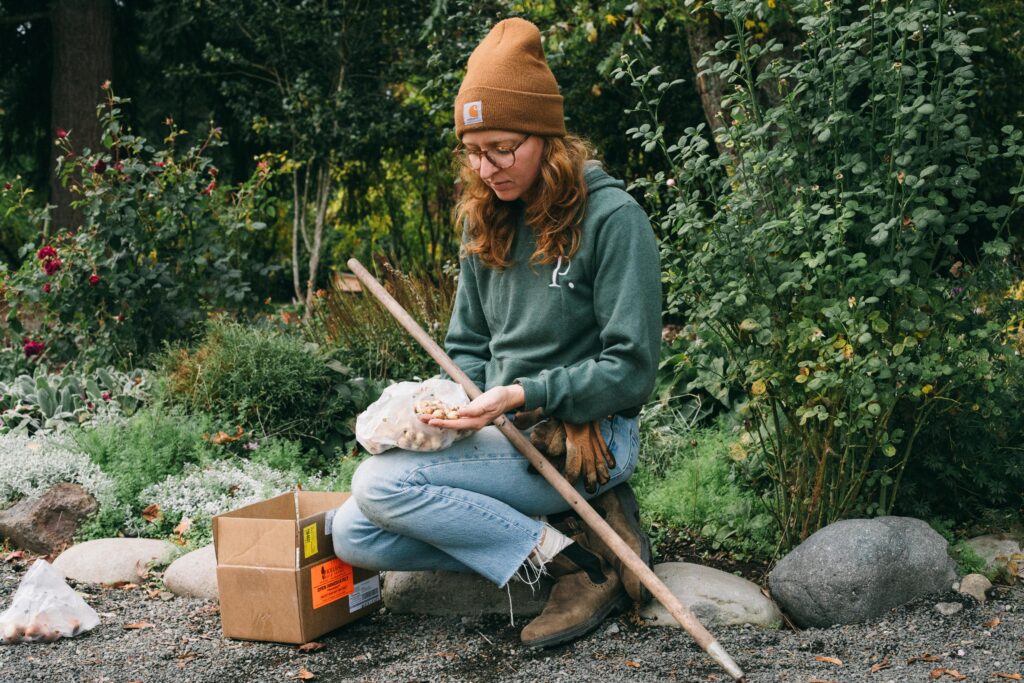
Romanticize the small things
My best weapon against burnout in any regard, whether garden burnout, homestead or remodeling, is to work at falling back in love with your own life.
This is where being a photographer can be very advantageous, because one of the best ways to help this process along is to go back through your photo archives. You can also flip through the photos and videos on your phone. Spend time looking at your progress, remember the memories you’ve made in the process, and appreciate the past beauty you’ve created. These ideas can all help you recapture WHY you set out on this gardening journey in the first place.
Another way to romanticize the garden is to make a beautiful vision board at the beginning of the season. Cut out pictures of all the plants you love and want to plant in your space, glue them to a poster board or pin them on a bulletin board, and be reminded all year long of the beauty you are pursuing.
Plan your garden
Sometimes getting started can be the hardest part. If you spend time making a detailed garden plan in the Spring, even if you don’t follow it to the letter, you are much less likely to get overwhelmed and burnt out. I usually sketch mine out on graph paper, trace it in pen or sharpie, then color it in with colored pencils. The color really makes it come alive.
I keep my plan in a sheet protector so I can tote it out to the garden with me at planting time, and it really serves as a fun and beautiful reminder of the direction you’re headed.
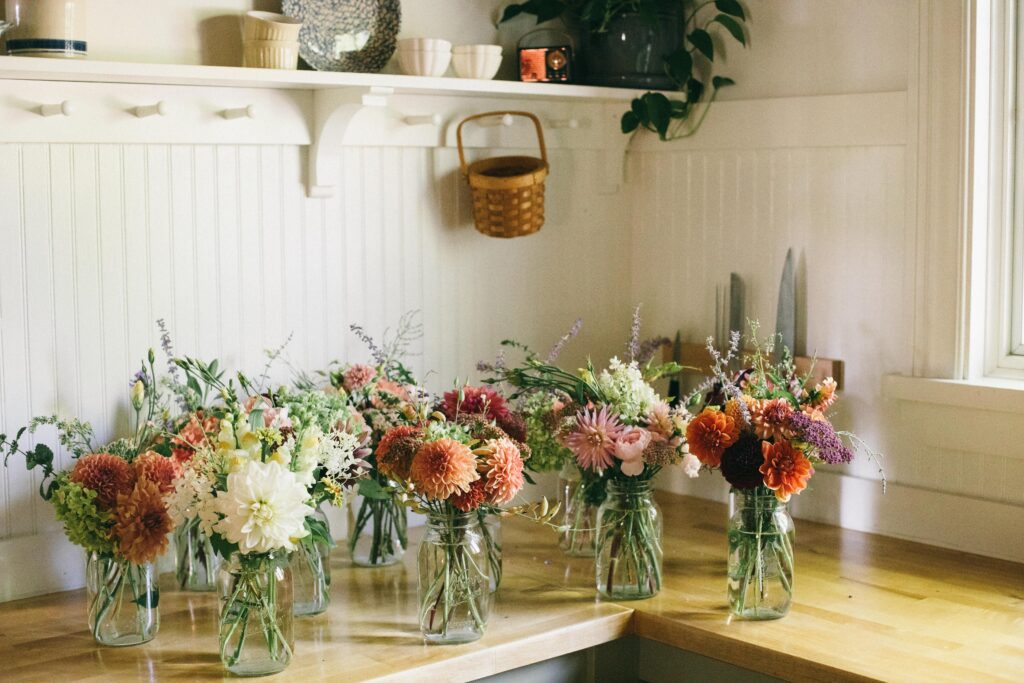
Set realistic expectations
I’ve got to admit that this one is a BIG struggle for me. I’m a dreamer, and especially in the Winter months when I’m stuck inside, ANYTHING seems possible in the garden. This Laura Ingalls Wilder quote about sums it up:
Anyone can be a successful gardener at this time of year, and I know of no pleasanter occupation these cold, snowy days than to sit warm and snug by the fire, making garden with a pencil- in a seed catalog.
– Laura Ingalls Wilder
The problem is, often by planting time, I have a crushing inferiority complex about being able to live up to all the grand plans I’ve made over the Winter. Not to mention the fact that I usually can’t afford any of my grandiose ideas. Garden burnout looms on the horizon.
For four years I’ve put “Build a Greenhouse,” on the TOP of the list for the Winter. And every Spring, without fail, we run out of time or money or both. It’ll happen someday, but for now, I’m leaving that one off my much more realistic list. Instead, my list includes things like:
- Grow enough tomatoes for the year’s salsa.
- Finish the cottage gardens.
- Re-do the wood chips on the garden paths.
Make a budget
Speaking of being able to afford things, when you set a budget ahead of time, it’s amazing how much stress that takes off of the gardening process. Nothing is worse than running to the farm store to grab a few things you need for the garden, and walking out of there having spent $300 you weren’t expecting.
The last two years I’ve set a specific budget for seeds, asked for gift cards to local nurseries for Christmas and Mother’s Day, and put aside a small fund for buying starts from friends. Not overspending makes the garden process infinitely less stressful and more enjoyable. Here’s a few of my tips for Planting a beautiful garden on a tight budget.
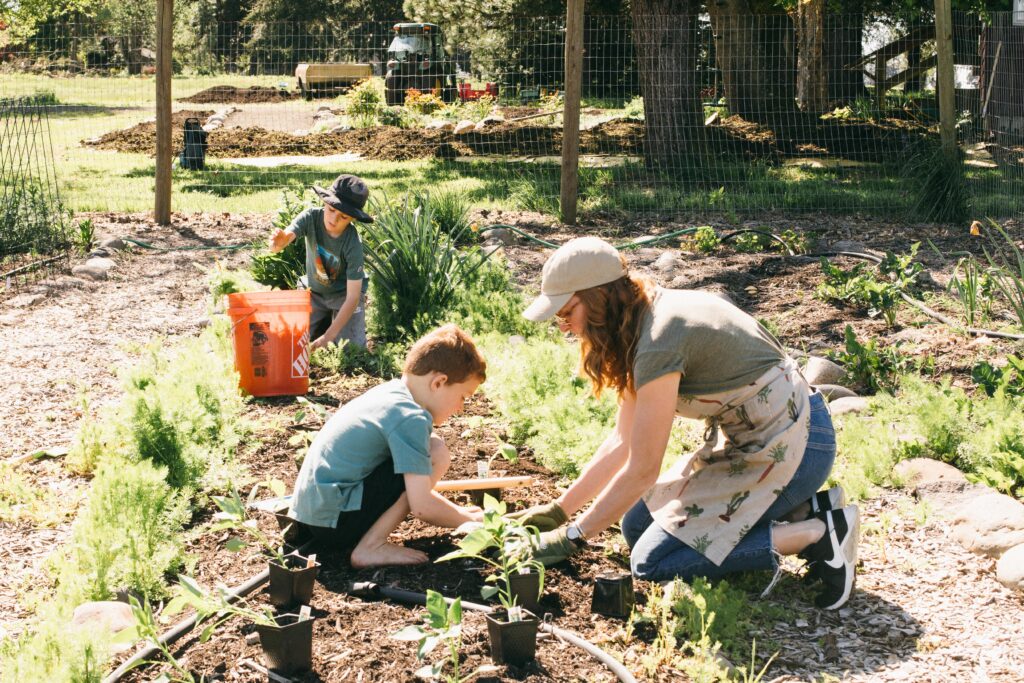
Order seeds
Is there anything better than thumbing through all those seed catalogs that arrive in Winter, picking out your favorite blooms and dog-earring new varieties of veggies? Perhaps only the moment when they actually arrive in your mailbox! Ordering seeds can fill you with life and possibility, and I always feel a huge sense of relief when my seeds are ordered, have arrived and are safely stowed away, waiting for their moment in the sun.
Start it up
With the surge in garden enthusiasm since 2020, there can be a certain snobbery towards buying starts from a local nursery or garden center. Like it’s cheating to buy a plant that someone else started instead of you. Well, I’m here to tell you that is ridiculous and silly. Most people do not have a greenhouse or the proper conditions for starting seeds. Even I don’t have a garage or basement to start seeds in; it just doesn’t work in our little cottage. So start it up, my friends!
Starts grow faster, are often healthier, and help you avoid issues like birds eating your seeds or pesky cut worms.
When you’re buying starts from a small, local business, it’s not only a recipe for success, but you are supporting the very folks out there trying to make the world a lovelier place. Local farmer’s markets are also a great place to find baby plants for your garden. Buy the starts. And don’t feel bad about it for a second!
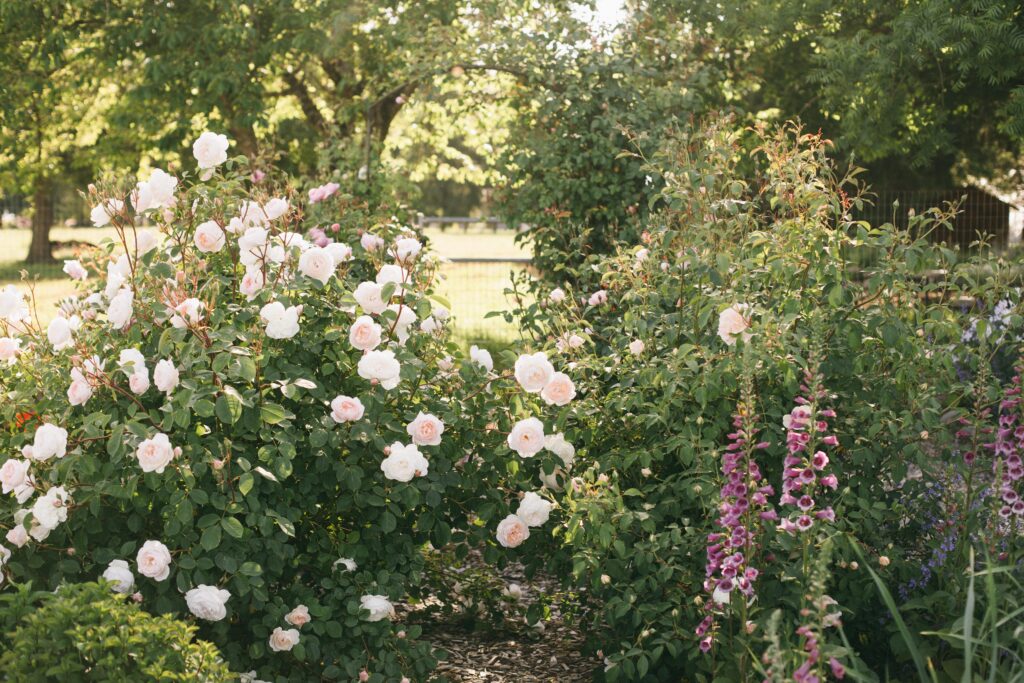
Read books to avoid garden burnout
This probably should have been tip #1, but AVOID COMPARISON at all costs. Do NOT get on social media looking for inspiration. DO NOT DO IT. I know I have an Instagram account where I share links to my blog and photos and such, but I really, really try not to consume too much garden content myself. It just leaves me feeling frustrated and insufficient.
The BEST way I have found to find gardening tips, tricks, information and yes, inspiration is in BOOKS. Yes, BOOKS. Revolutionary, I know. But there is something about a book vs. the Internet, that doesn’t make us want to quit before we’ve started. Books are slower, quieter and more approachable. So start there if you need to life your gardening spirits. Some of my favorite gardening books can be found here. I also love to head to my local library and fill a bag with gardening books FOR FREE.
I do find inspiration via a few of my favorite YouTube channels, but you definitely have to be careful with this. I know it’s cliche, but comparison truly is the thief of joy. At the end of the day, you gotta fall in love with YOUR garden, and work with what YOU have.
Be realistic about your growing conditions
There’s nothing that can dampen the spirit like a failure. There will always be failures in the garden, heck, it’s one of the reasons I love gardening. But you can limit the scope of your failures by being aware of your growing conditions. Here’s a few things to be aware of when planting:
- What’s your soil type?
- What are your first and last frost dates?
- How long does the seed take to mature or be ready for harvest?
- Is the seed meant to be direct sown, or started indoors and transplanted out?
- Is your plant meant for full sun, partial sun/shade or full shade?
- What kind of light does the location you are planting in have?
- Are you able to EASILY water whatever it is you are planting?
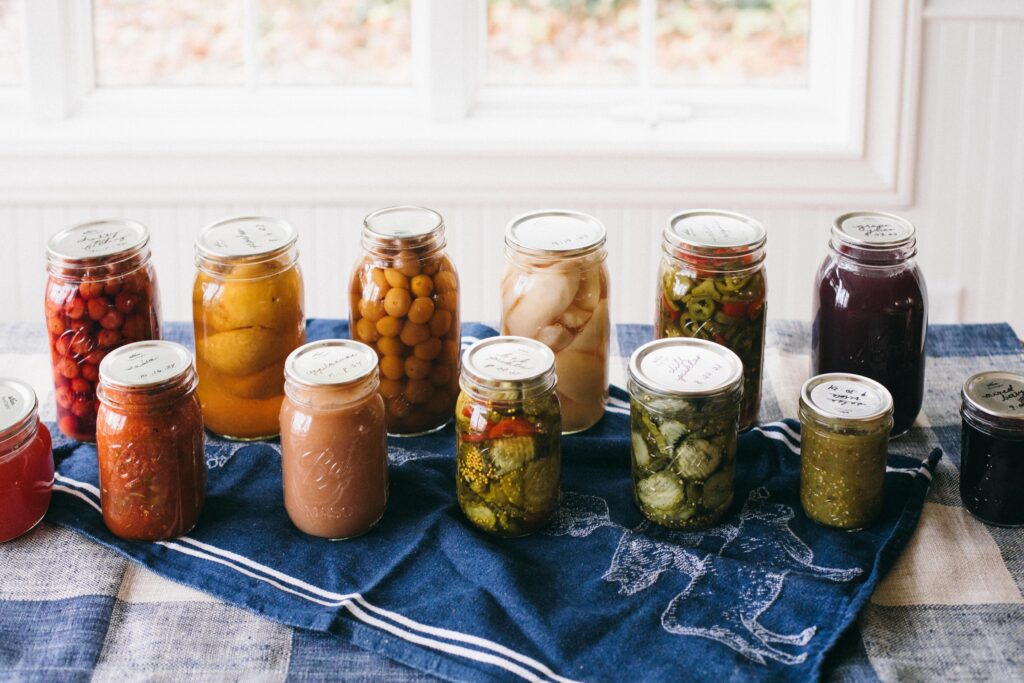
Plant things you’ll actually eat
There’s nothing like a bountiful harvest of something your family will actually eat to keep you motivated in the garden. I shared a post last Fall about all the things I can that my family not only loves, but works through every season. Growing things that you actually use keeps you motivated to plan, plant and care for those crops all season long. My family is so passionate about our homegrown salsa that it gets me out in the tomato patch, even when I don’t feel like it.
Find your why
Find your why is a little catchphrase-y for me, but it does work in this application. If you want to be a lifelong gardener, you’ve really got to nail down WHY you are doing this crazy thing in the first place. A garden takes time, money, effort, sweat, blood, tears, you know the saying. You learn a lot but never really master it. It’s humbling. Can be frustrating, exhausting, etc. There’s plenty of reasons not to do it.
But for me, a garden allows me to practice what I preach. To live out my convictions that slow, quiet and homemade are better. That a quiet life and the work of your hands might just be the secret to a life well-lived. And it allows me a place where I can learn to accept my failures and shortcomings, because right alongside them are growing beauty and life.
Share this post to help others with garden burnout
I hope this list of ideas has helped you stare your burnout in the face. Share this image below on Pinterest, or leave a comment. I’m always here if anyone wants to chat about this further- just drop me a line– and I will be diving deeper into where I am with burnout over on my Substack.
Let’s do this, friends! Garden season here we come!

Kali
About Me
Hi! I’m Kali. Oregon mama, farmer’s wife and creator of the Potager book and blog. Join me and as we cook and garden the seasons!

